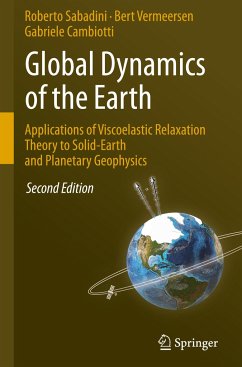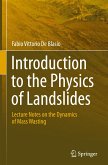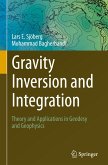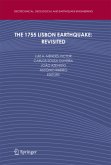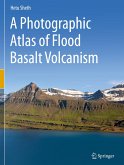This volume opens up new perspectives on the physics of the Earth's interior and planetary bodies for graduate students and researchers working in the fields of geophysics, planetary sciences and geodesy. It looks at our planet in an integrated fashion, linking the physics of its interior to geophysical and geodetic techniques that record, over a broad spectrum of spatial wavelengths and time scales, the ongoing modifications in the shape and gravity field of the planet. Basic issues related to the rheological properties of the Earth and to its slow deformation are considered, in both mathematical and physical terms, within the framework of an analytical relaxation theory. Fundamentals of this theory are developed in the first two Chapters. Chapters 3-9 deal with a wide range of applications, ranging from changes in the Earth's rotation to post-seismic deformation and from sea-level variations induced by post-glacial rebound to tidal deformation of icy moons of the Solar System. This Second Edition improves substantially our formalism implementing compressibility in viscoelastic relaxation. Chapter 5 now contains new developments in the physics of the gravitational effects of large earthquakes at subduction zones, made possible by new gravity data from space missions. The new Chapter 9 of this Second Edition on deformation and stresses of icy moons enlarges the applications of the book to Planetology, dealing with the additional complications in the theory of viscoelastic relaxation introduced by the shallow low-viscosity zones and inviscid water layers of the moons of Jupiter and Saturn.
Bitte wählen Sie Ihr Anliegen aus.
Rechnungen
Retourenschein anfordern
Bestellstatus
Storno

